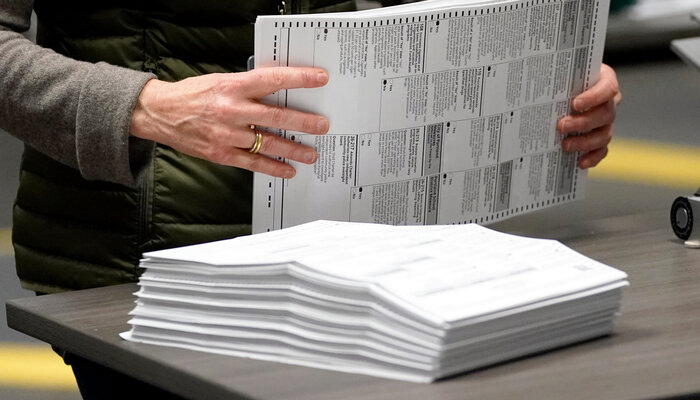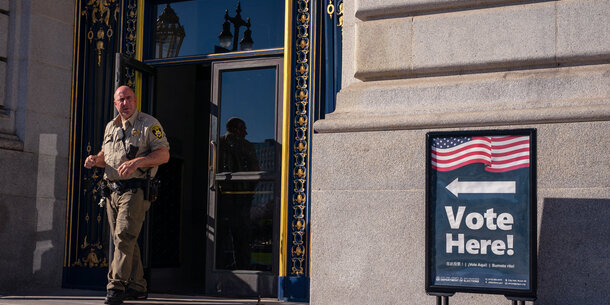Donald Trump and Robert F. Kennedy Jr. are calling for the use of paper ballots in the 2024 election. They’re right on the policy: paper ballots are one of the most important security measures states can adopt. When selections are recorded on paper, voters can easily verify that their ballot accurately reflects their choices before casting their vote. But they’re misleading on the facts: states are already doing this. Nearly all votes cast in the 2024 election will be recorded on paper.
Maybe Trump and Kennedy are just a little behind the times. Or maybe their false claims are another attempt to undermine trust in our elections through misinformation.
The return to widespread paper ballots has been a remarkable success story for election security. After Congress passed the Help America Vote Act in 2002, which phased out the use of lever machines and punch cards following controversies in the 2000 election, many states adopted Direct Recording Electronic voting systems. These touch screen machines store votes directly into computer memory. While some also printed paper records of voters’ selections, many of the machines in use did not have this feature. As a result, around a quarter of all voters lived in jurisdictions with paperless voting equipment just 10 years ago.
But the 2016 election, which featured Russian cyberattacks on election infrastructure, put long-standing security concerns about paperless voting equipment in the spotlight. With the aid of over $800 million in federal funding, states rapidly moved away from these outdated systems.
As states continue to upgrade voting equipment and phase out paperless systems, nearly all voters now live in jurisdictions with voting systems that have a paper record of every vote. Nationwide, we expect around 98 percent of all votes to be cast on paper in the 2024 general election (based on data from Verified Voting and the Election Assistance Commission’s Election Administration and Voting Survey). This represents an increase from 93 percent of votes four years ago. Counties in all but two states have moved to voting systems with a paper trail; the remaining counties in Louisiana and Texas plan to transition soon, but this will likely not be completed by the fall.
Importantly, all the swing states that are most likely to determine the winner of the 2024 presidential election — Arizona, Georgia, Michigan, Nevada, North Carolina, Pennsylvania, and Wisconsin — use voting systems with paper records. In some states, voters fill out paper ballots by hand. In others, after the voter makes selections on a touch screen, the machine prints a paper ballot or record for the voter to review before casting their vote.
Paper ballots facilitate postelection audits, which election officials use to verify the accuracy of machine counts. Forty-eight states require a postelection audit of some kind. In every swing state, election officials hand-count a sample of paper records and compare them to electronic counts to confirm that voting machines correctly counted ballots and produced an accurate total. With these multiple processes, the public gets the best of both worlds — election officials use voting machines to count all ballots initially because they are more accurate, faster, and cheaper than counting all ballots by hand, while human checks verify that these machines are counting ballots correctly.
Paper ballots are just one of many measures that election officials deploy to count ballots and ensure accurate results. Other measures include using voting systems certified to federal and state security standards and testing voting machines before voters cast their ballots to confirm that the machines are working properly. But paper ballots are particularly important for guaranteeing confidence in election outcomes. If there is any doubt about the accuracy of electronic counts, election officials can fall back on the paper record for confirmation.




